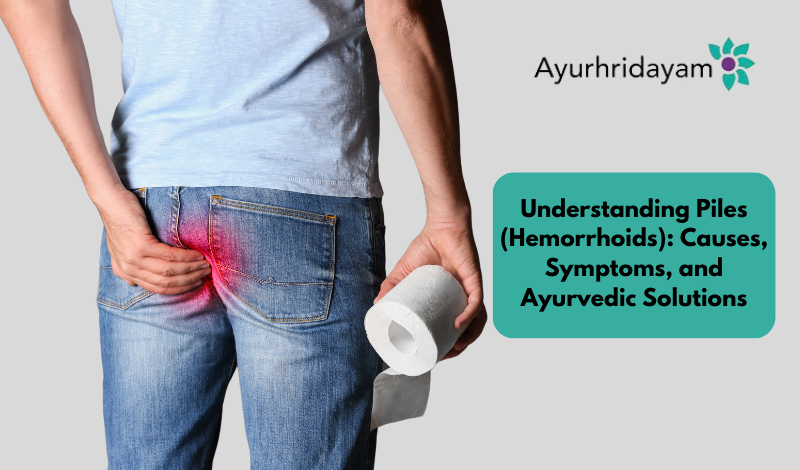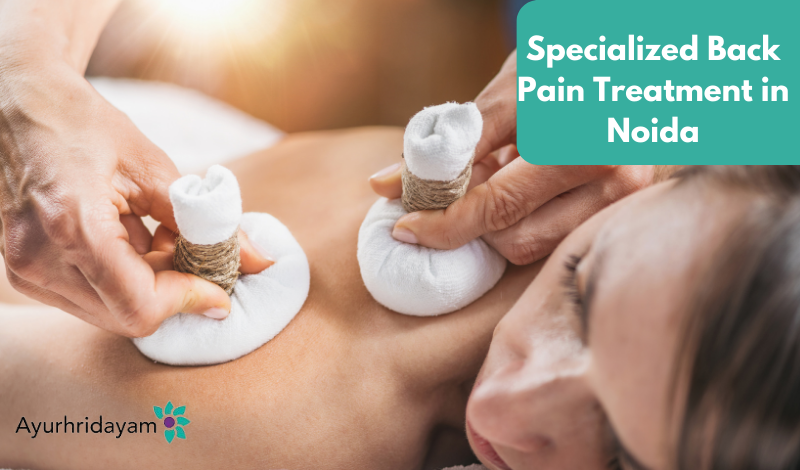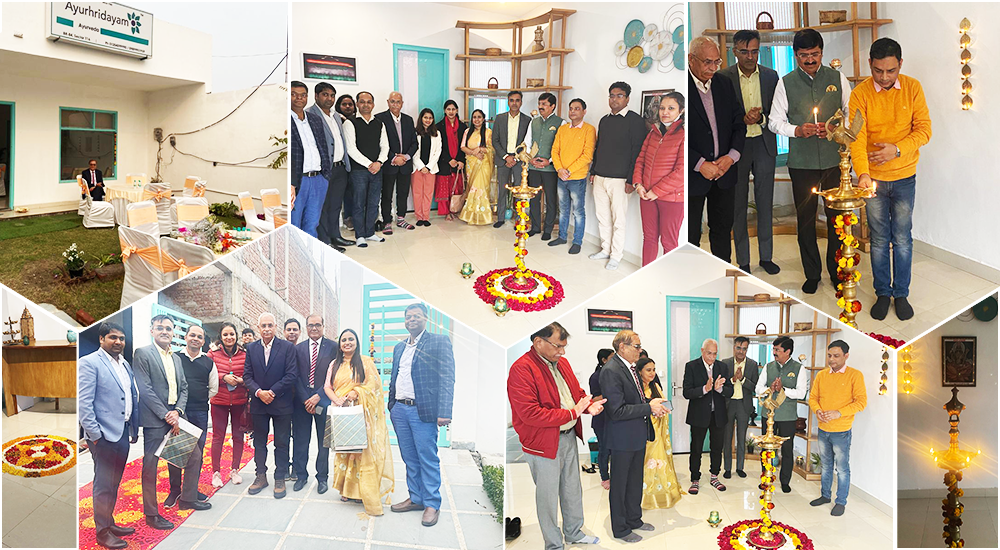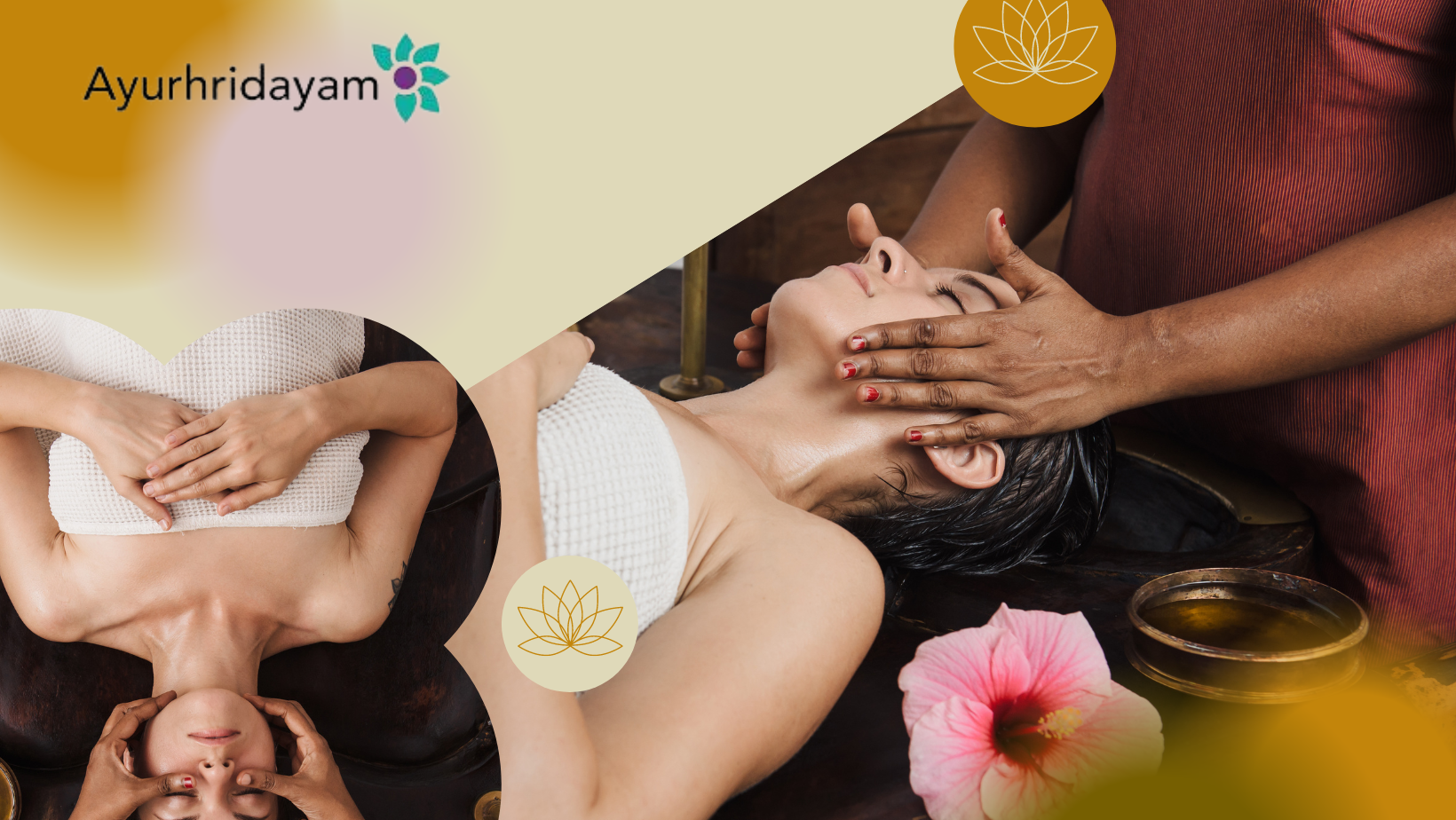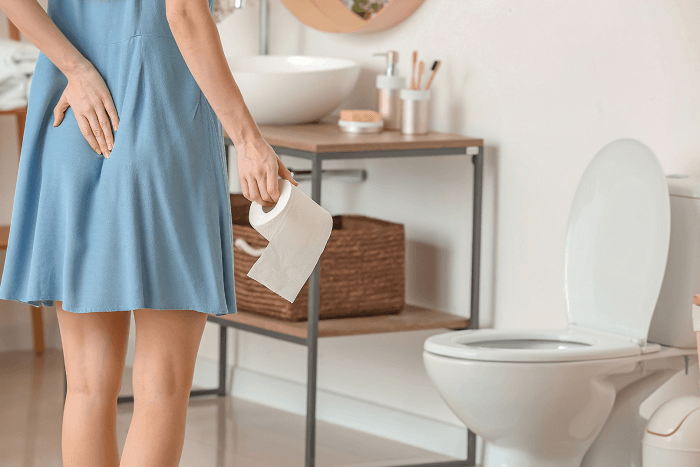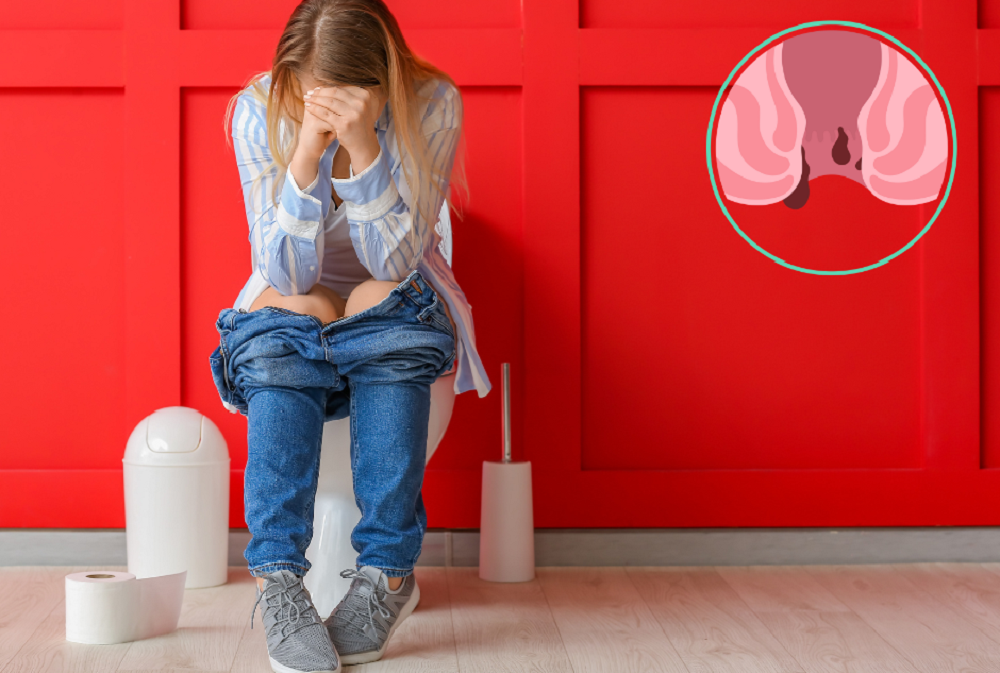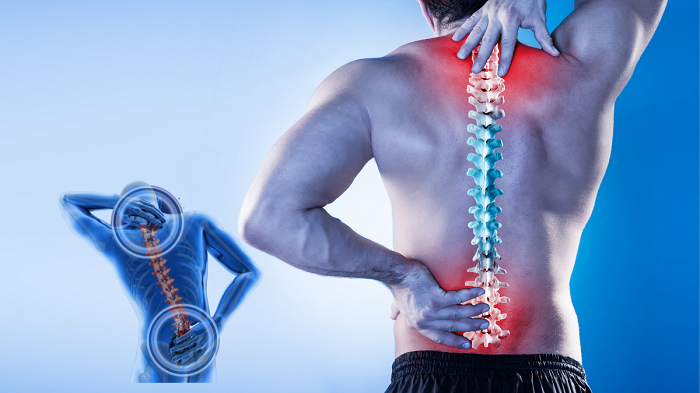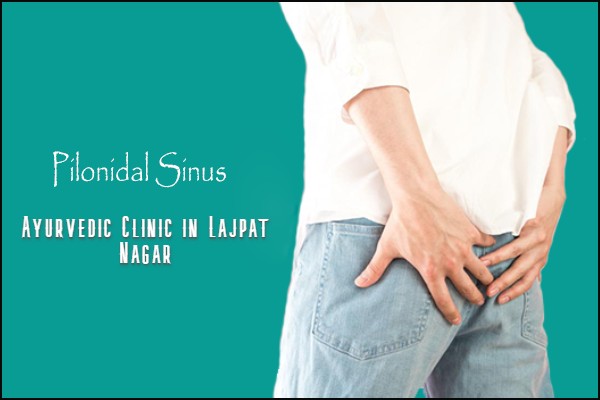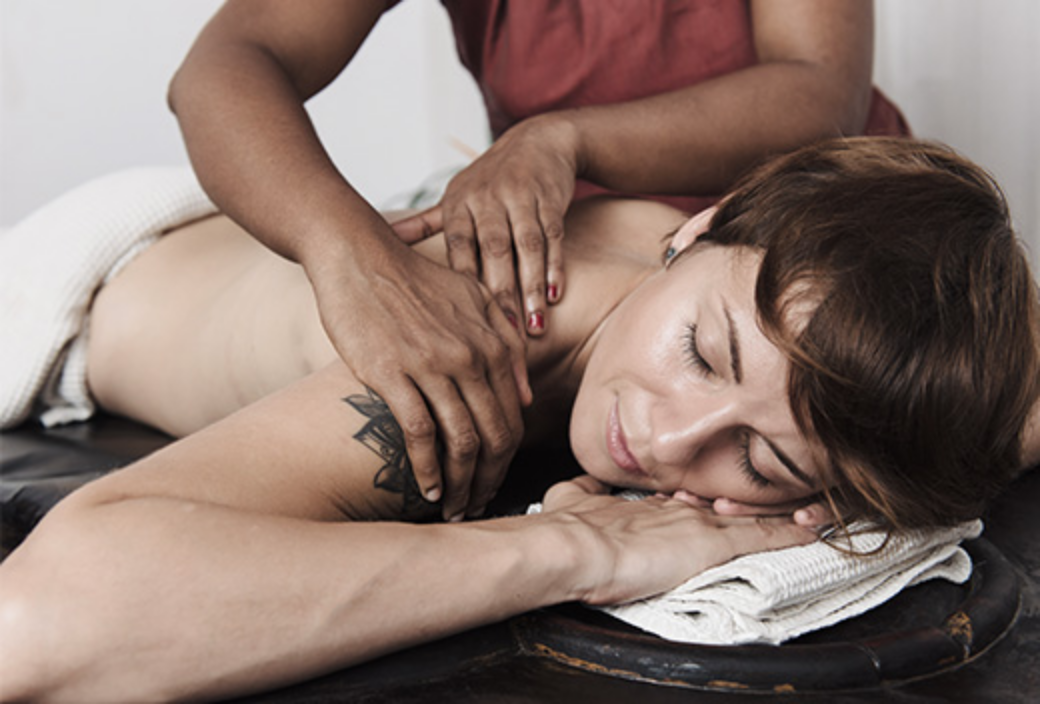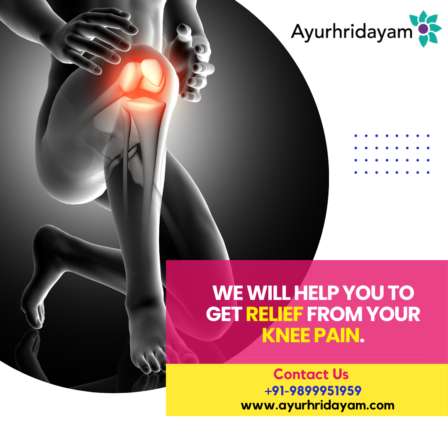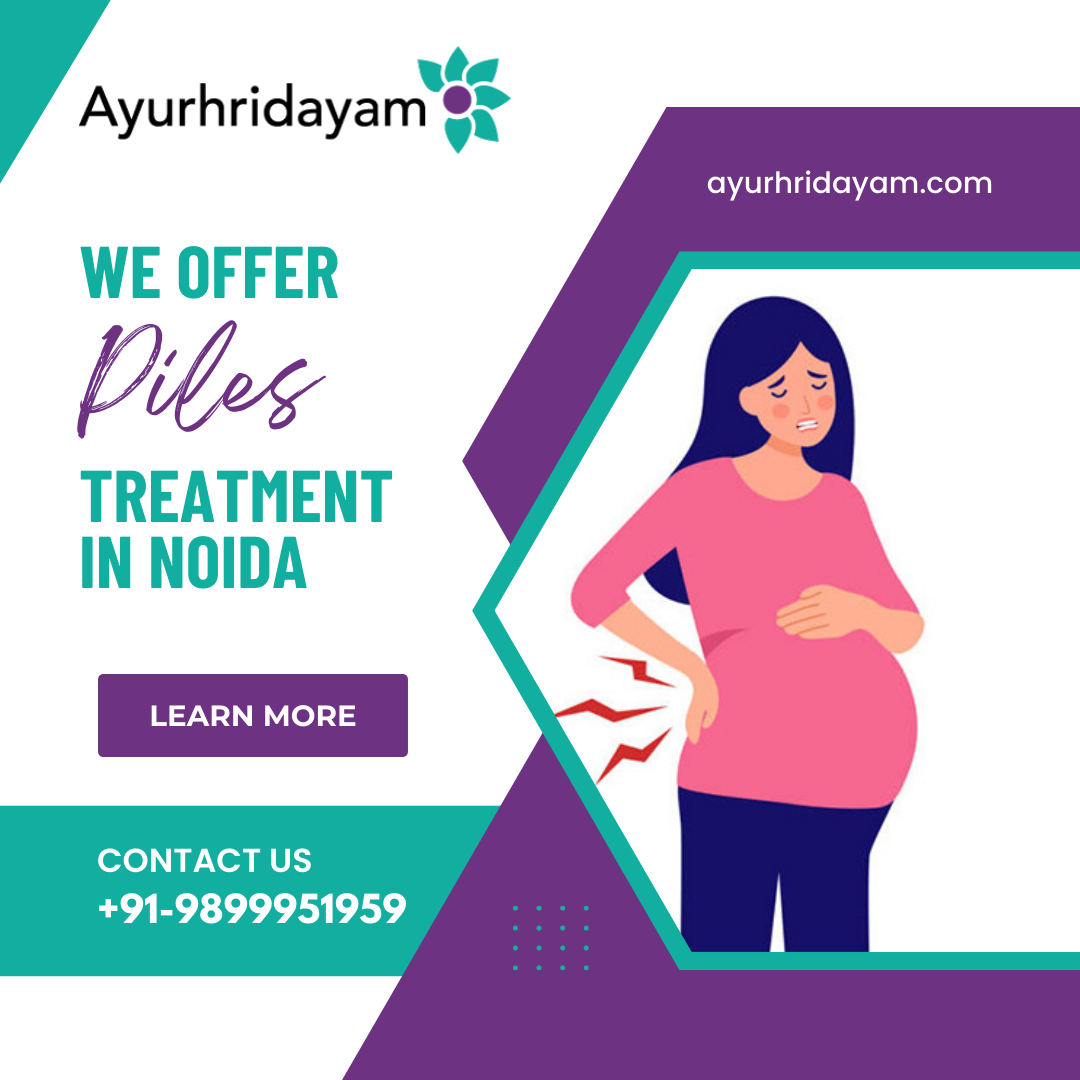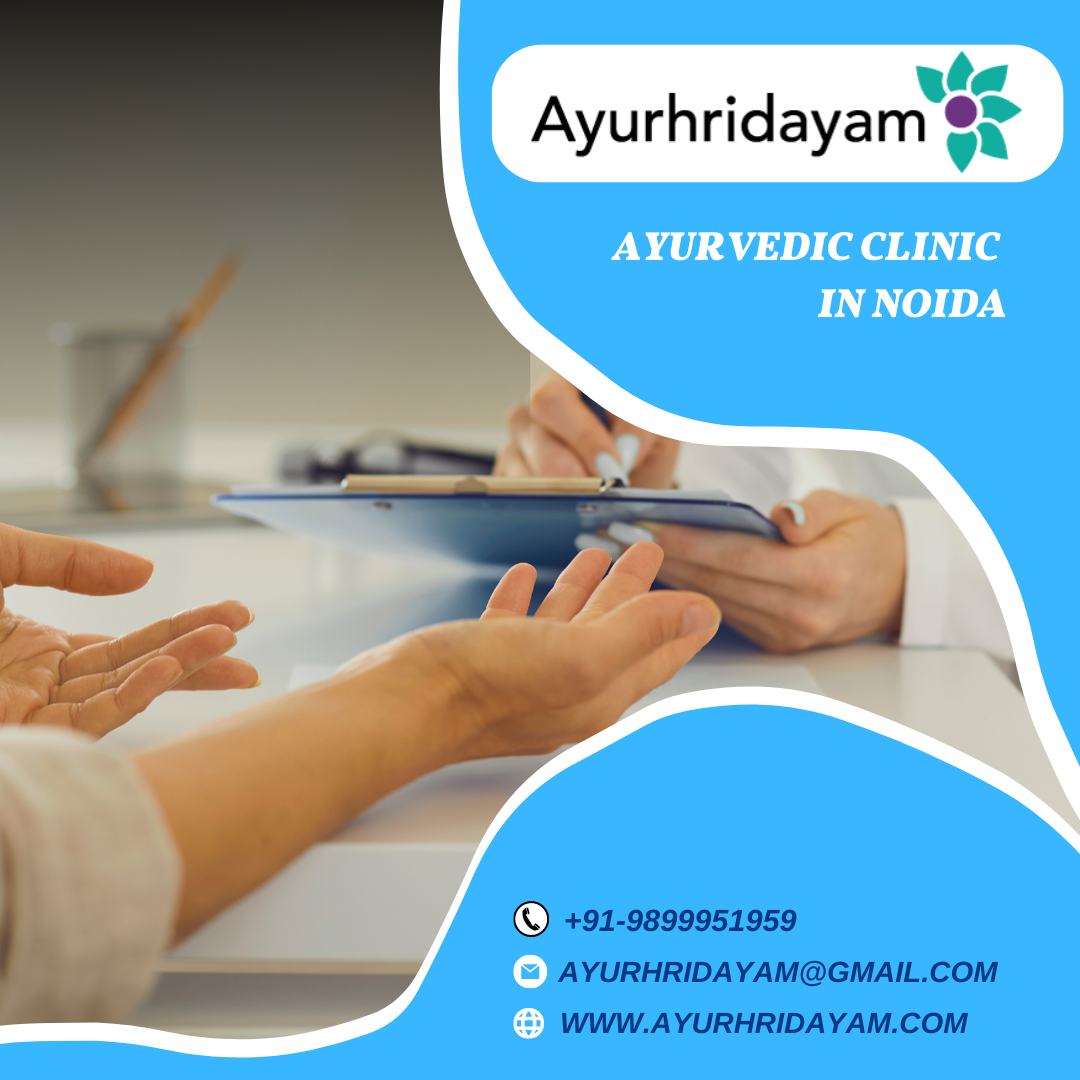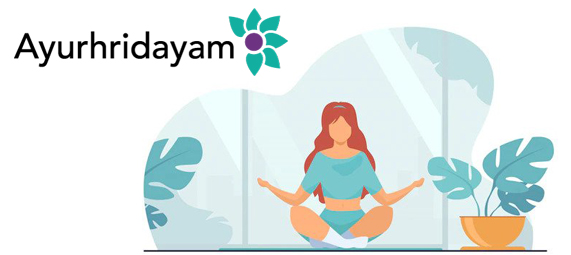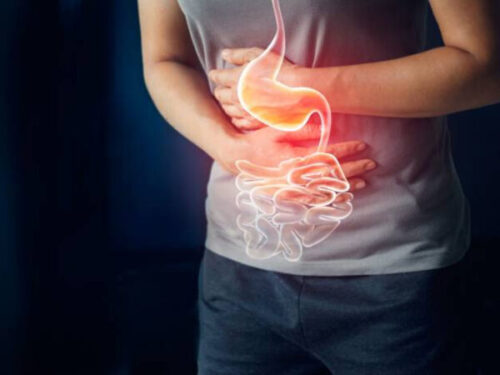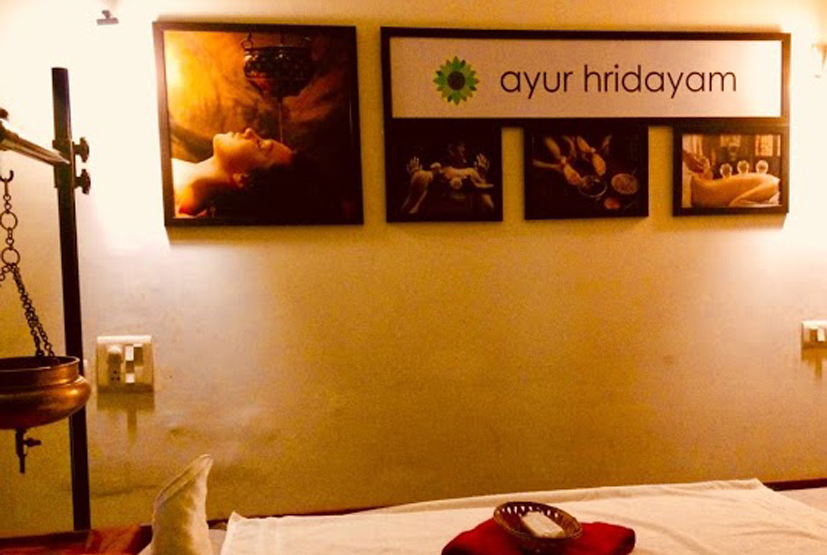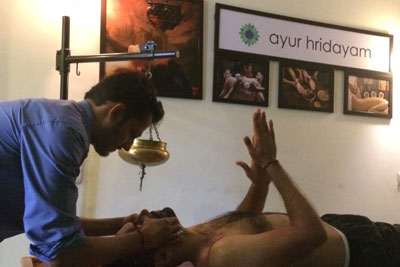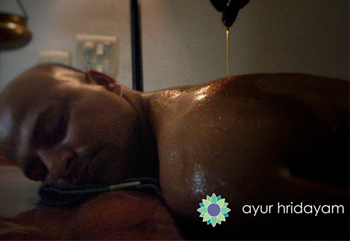How to Find the Right Knee Treatment in Noida

Knee pain is a common complaint in adults and is often related to general wear and tear from daily activities such as walking, bending, standing, and lifting heavy objects. Athletes who run or play sports that involve rapid jumping or turning are also more likely to experience knee pain and problems. But whether a person’s knee pain is due to ageing or injury, it can be uncomfortable and even debilitating in some cases.
Brief Anatomy of the Knee
The knee is a vulnerable joint that is subject to a lot of stress from everyday activities, such as lifting and kneeling, as well as high-impact activities, such as jogging and aerobics. The knee is made up of the following parts:
- Tibia – This is the tibia or the largest bone in the lower leg.
- Femur – This is the femur or upper leg bone.
- Ball joint – That’s the kneecap.
Each bone is covered by a layer of cartilage that absorbs shock and protects the knee. Basically, the knee is made up of 2 long bones of the leg that are linked together by muscles, ligaments and tendons. There are two muscle groups involved in the knee, including the quadriceps (located at the front of the thigh), which helps straighten the leg, and the hamstrings (located at the back of the thigh), which help flex the leg.
Knee Tendons are strong fibres of tissue that connect muscles to bones. Ligaments are elastic bands of tissue that connect bones together. Some ligaments in the knee provide stability and protection to the joints, while others limit the forward and backward movement of the tibia (tibia).
Diagnosis
During a physical exam, your doctor may:
- Check your knee for swelling, tenderness, heat, and bruising
- Check to see if you can move your knee at how far the lower leg is in different directions
- Push or pull the joint to evaluate the structural integrity of your knee
Imaging tests
In some cases, your doctor may recommend tests such as:
- X-ray – Your doctor may first recommend X-rays to detect bone fractures and degenerative joint diseases.
- Computed tomography (CT)-A CT scan combines X-rays taken from many different angles to create cross-sectional images of the inside of your body. CT scans can help diagnose bone problems and subtle fractures. A special type of CT scan can accurately identify gout even when the joint is not inflamed.
- Ultrasound-This technology uses sound waves to create real-time images of the soft tissue structures in and around your knee. Your doctor may want to move your knee into different positions during the ultrasound to look for specific problems.
- Magnetic resonance imaging (MRI)-MRI uses radio waves and powerful magnets to create 3D images of the inside of your knee. This test is especially useful in detecting damage to soft tissues such as ligaments, tendons, cartilage, and muscles.
- Lab tests-If your doctor suspects infection or inflammation, you will likely have blood tests and sometimes a procedure called arthrocentesis, in which a small amount of fluid is removed from inside your knee joint with a needle and sent to a laboratory for analysis.
If you are looking for Knee pain treatment in Noida then Ayurhridayam is the right place for you. The ayurvedic doctors here have an experience of more than a decade and have treated thousands of patients successfully so far. They can help you get rid of any type of health issue as well.



